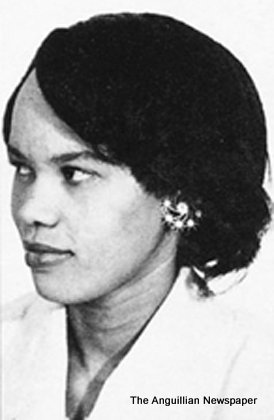
Idalia Gumbs 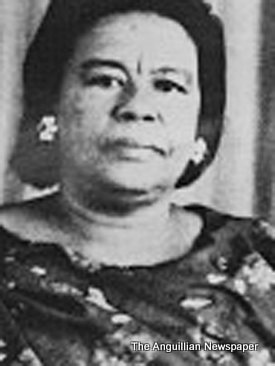
Albena Lake-Hodge 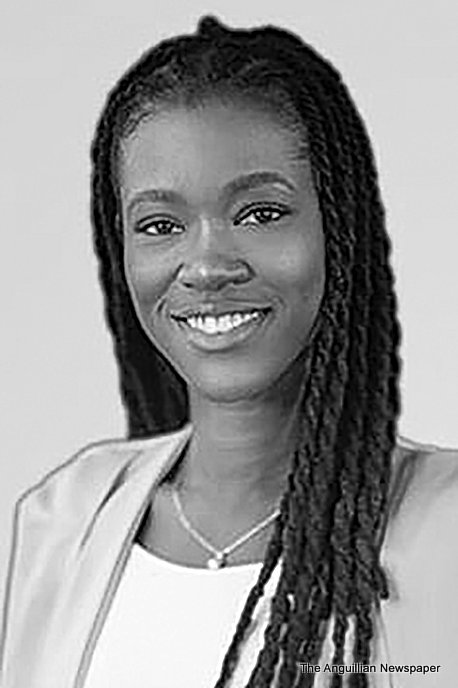
Dee-Ann Kentish – Rogers 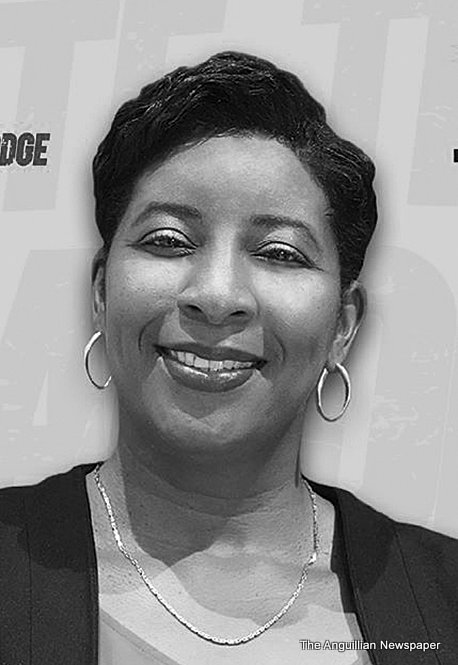
Cora Richardson Hodge 
Evalie Bradley 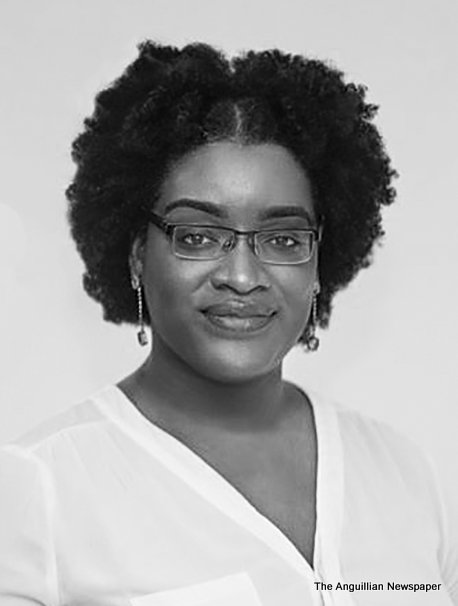
Quincia Gumbs-Marie 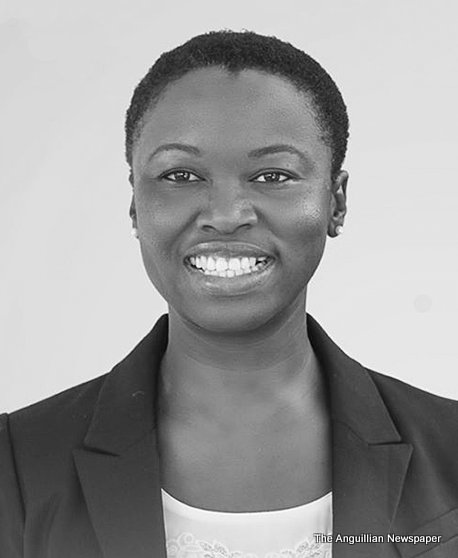
Kimberly Fleming 
Glenneva Hodge 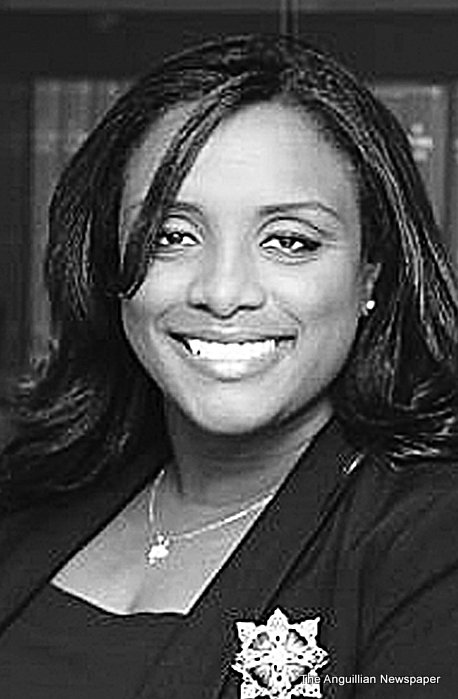
Aunika Webster-Lake 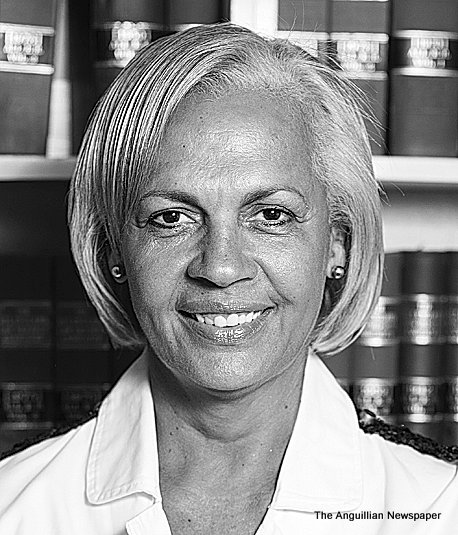
Palmavon Webster 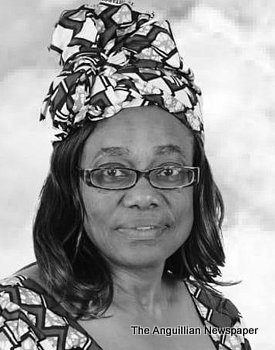
Merlin Marvo Duncan-Webster
Since in 1967, when women took frontline positions at the inception of the Anguilla Revolution, virtually pushing the men in the back, many of them, as is the case today, have demonstrated a growing interest in the political and administrative affairs of the island.
It is therefore not surprising that, with the 2020 district and island-wide elections this month, June, there are nine women in the political arena battling, as it were, for parliamentary seats and equal constituency representation alongside the men. Such is their passionate involvement that the future holds out the hope that one day there might be a woman as the national political leader in Anguilla – that is Premier or Prime Minister later on. This high office would be in keeping with trends in the Caribbean region and other parts of the world.
The nine women offering themselves for election include three who are currently members of the legislative. One of them is Cora Richardson Hodge who became the Anguilla United Front (AUF) candidate for District 2, East End/Sandy Hill, in 2010 when she lost; won in 2015 and was appointed Minister of Home Affairs, Education, Labour, Immigration, Constitutional Affairs, Gender Affairs and Information & Broadcasting. Another AUF candidate is Evalie Bradley who won the District 5 (Road North) constituency in 2015, and was appointed Ministerial Assistant in the Ministry of Home Affairs. The other is Palmavon Webster who, as an independent candidate, contested the election in District 1 (Island Harbour) in 2010 when she lost but was elected in 2015 and became Leader of the Opposition. Another woman in the 2015 election race was Kristy Richardson – Harrigan who was unsuccessful in district 7.
There are six women who are first-time candidates in the 2020 elections: Dee-Ann Kentish- Rogers, the District 4 (Valley South) Anguilla Progressive Movement (APM) candidate; Island-wide candidate, Quincia Gumbs-Marie (APM); Kimberly Fleming (APM) District 7 (West End); Aunika Webster-Lake, Glenneva Hodge and Merlin Marvo Duncan-Webster, independent island-wide candidates.
All of the above women were preceded in Anguilla’s political arena by a number of others who contested the 1989 general elections but were unsuccessful. They were: Ophelia Richardson, Orealia Kelly, Lolita Davis-Ifill and Omah Richardson.
Anguilla’s women returned to the political scene in 1999 with Barbara Webster contesting the Island Harbour seat and Blondell Rodgiers, the Valley South seat. Both lost.
In the 2000 general election, there were four women contestants: Barbara Webster, Margaret Augustus, Joyce Kentish and Rhona Richardson. They all lost. Barbara Webster, Anne Edwards and Rhona Richardson contested the 2005 general election but were unsuccessful. (It should be mentioned here that Blondell Rodgiers and Rhona Richardson served for a time as Special Assistants in the then Anguilla National Alliance Government.)
Two other women (not elected), Donna Banks and Keesha Webster-Carty served as Nominated Members in the House of Assembly from 2005-2010.
In 2010, Barbara Webster-Bourne was the first Anguillian woman to be elected Speaker of the Anguilla House of Assembly following the 2010 election of the Anguilla United Movement as the island’s Government.
With all that said, the stage for political representation and leadership for women in Anguilla was set by the late Idalia Gumbs who was the first Anguillian woman to become a member of the Legislature as a Co-opted Member of the Anguilla Council in 1972. In 1976 she became the Elected Representative for Valley North and was appointed Minister of Tourism and Natural Resources. Her female ministerial colleague was Albena Lake-Hodge who became the Elected Representative for Valley South in 1976 and was appointed Minister of Education.
The entry of Anguillian women in the political arena, some of them holding ministerial office, has been bolstered by many other women now occupying a plethora of managerial positions in the public and private sectors of Anguilla. They hold such leadership roles as Permanent Secretaries, Heads of Departments, Executive Secretaries in such Ministries and Departments as Education, Finance and Economic Development; Labour, Immigration, Postal Services; Information and Broadcasting; Statutory Bodies including the Health Authority of Anguilla; the Anguilla Development Board and Principals and Deputies of schools across the island.
The list of lofty positions being held by a growing number of women in Anguilla is a very long one. There is no doubt that our Anguillian women are on an upward trend and for many of them the sky is the limit.







